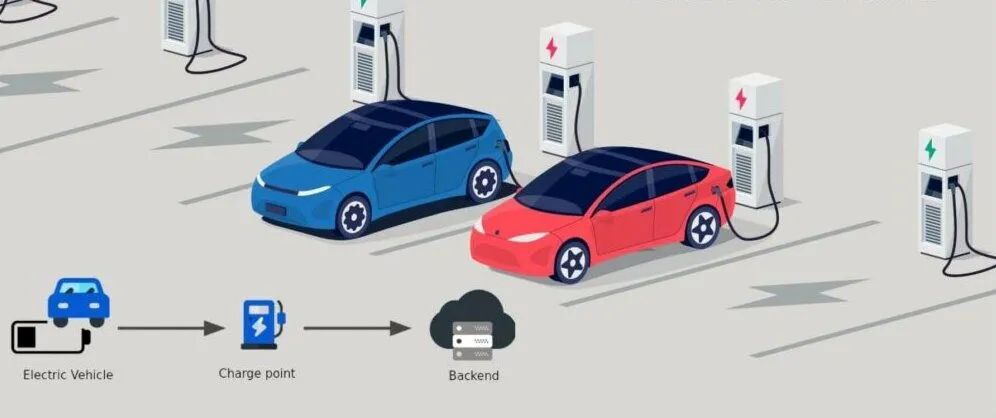


OCPI vs. OCPP: Understanding the Key Protocols in EV Charging Infrastructure
OCPI vs. OCPP: Understanding the Key Protocols Behind EV Charging Networks
As a professional EV charger manufacturer in China, Topper Company delivers dependable electric vehicle charging stations and comprehensive solutions.
As electric vehicles (EVs) gain popularity worldwide, the demand for efficient, scalable, and interoperable charging infrastructure is rapidly increasing. Two crucial protocols—Open Charge Point Interface (OCPI) and Open Charge Point Protocol (OCPP)—play distinct yet complementary roles in making EV charging seamless and accessible. Understanding the differences between these protocols is vital for stakeholders building the future of electric mobility.
The Open Charge Point Interface (OCPI) is a communication protocol that enables data exchange between Charge Point Operators (CPOs) and e-Mobility Service Providers (EMSPs). Its primary purpose is to support interoperability across EV charging networks, allowing drivers to charge their vehicles across various platforms with a single account.
Roaming Agreements: EV drivers can access multiple charging networks without needing separate subscriptions.
Real-Time Data Sharing: OCPI shares live information on charging station status, pricing, and availability.
Payment Processing: The protocol supports secure and automated transactions between EMSPs and CPOs.
Remote Network Access: Charging networks can communicate and coordinate across systems to expand driver access.
By enabling smooth cooperation between operators and service providers, OCPI enhances user convenience and business efficiency.
The Open Charge Point Protocol (OCPP), by contrast, manages communication between EV charging stations and backend management systems. It ensures that hardware and software from different manufacturers can work together reliably.
Hardware-Software Interoperability: Any OCPP-compliant charging station can operate with any compatible backend system.
Remote Management: Operators can monitor station health, push firmware updates, and troubleshoot issues remotely.
Scalability: OCPP supports operations ranging from local setups to nationwide networks.
Flexibility: Operators can configure and adapt settings to their needs.
OCPP prevents vendor lock-in and supports a modular, future-proof charging infrastructure.
| Feature | OCPI | OCPP |
|---|---|---|
| Purpose | Connects CPOs and EMSPs | Connects charging stations with backend systems |
| Focus | Inter-network roaming and payments | Device-to-platform communication |
| Stakeholders | CPOs, EMSPs | Hardware vendors, software providers, CPOs |
| Functions | Roaming, pricing, availability, transactions | Monitoring, updates, diagnostics |
Though OCPI and OCPP serve different purposes, together they create a comprehensive and interoperable EV charging ecosystem.
OCPP ensures technical communication between stations and management platforms.
OCPI shares this data with service providers and other networks to enhance accessibility and user experience.
Their synergy enables a robust infrastructure that supports real-time updates, remote diagnostics, seamless payments, and cross-network charging.
In the expanding world of EVs, OCPI and OCPP are essential building blocks for a connected and user-friendly charging experience. OCPI enables roaming and collaboration between service providers, while OCPP ensures backend systems and hardware function together efficiently.
Together, these open standards empower operators, developers, and drivers alike—paving the way for a smarter, more scalable, and more sustainable electric future.Know more about Google SEO Directory
